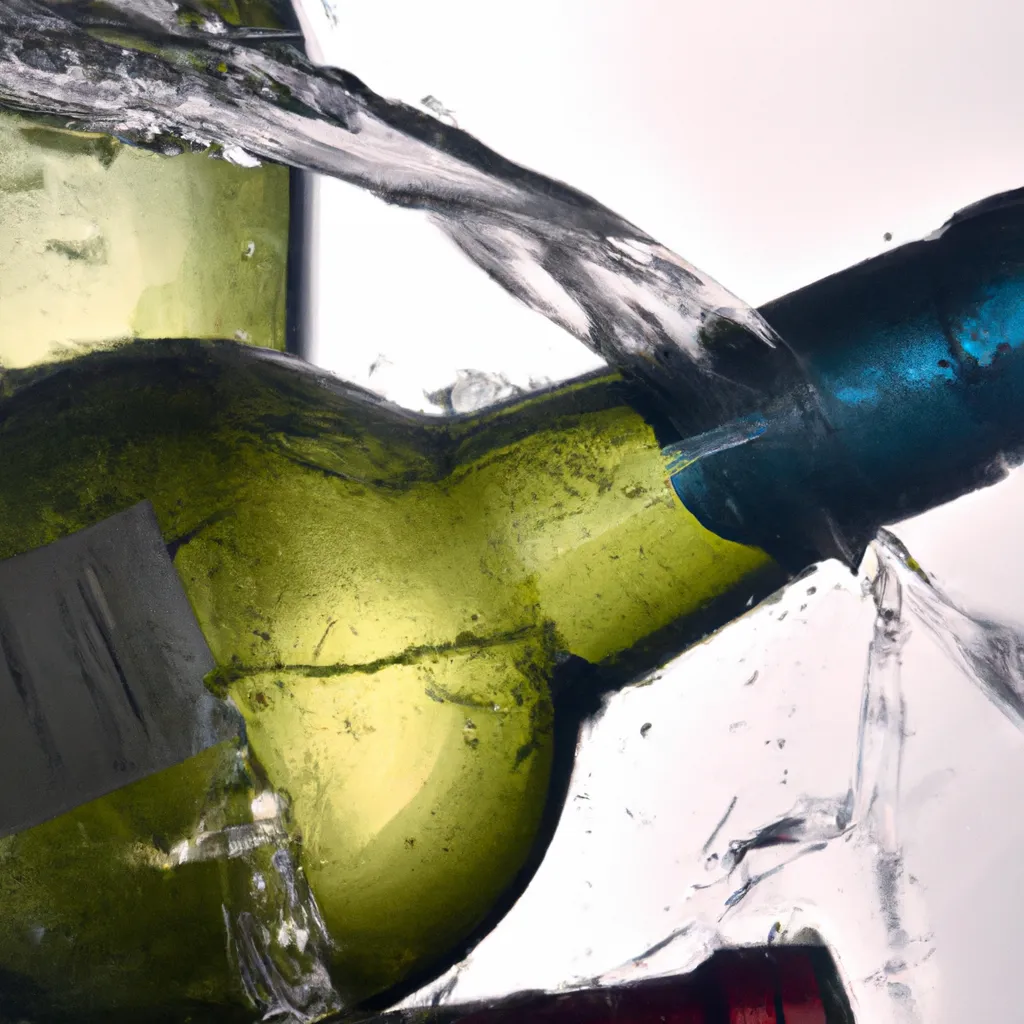How Did Some Objects Survive the Sea Pressure Around the Titanic

The Titanic's Deep-Sea Secrets: A Pressure-Packed Tale
Hey there, science lovers! Quarryman here. You might know me as your friendly neighborhood middle-school science teacher, but today, I'm your guide on a deep-sea adventure. We're going to unravel the mysteries of the Titanic and the high-pressure world it now calls home. So, grab your metaphorical diving gear, and let's dive right in!
The Ocean: Nature's Own Pressure Cooker
Before we get to the Titanic, let's chat about pressure. I'm not talking about the kind you feel when you're trying to remember the chemical formula for photosynthesis during a pop quiz (it's 6CO2 + 6H2O -> C6H12O6 + 6O2, by the way). I'm talking about the pressure under the sea.
In the ocean, pressure is like that overachieving cousin who always does a little more at every family gathering. For every 33 feet you go down, the pressure increases by one atmosphere. That's like having an elephant standing on your toe, and with each step you take deeper, another elephant joins in. Fun, right?
The Titanic's Dance with Pressure
Now, onto the star of our show: the Titanic. This ship sank to a staggering depth of about 12,500 feet. That's a whole lot of elephants! But here's the plot twist: the Titanic, and some of the objects within it, didn't get squashed. The reason? The ship was made of steel, a material that's tougher than a two-dollar steak.
The Mystery of the Un-crushed Objects
"But what about the objects inside the Titanic?" I hear you ask. "Why didn't they get crushed?" Well, it's because they weren't completely filled with air. When an object is filled with air, the pressure of the sea compresses the air and can cause the object to collapse. But if there's some air trapped inside, it acts like a cushion, preventing the object from collapsing. It's like having your own personal bodyguard against the pressure!
Wrapping Up Our Deep Dive
So, there you have it. The Titanic and its contents didn't get crushed because they were made of strong materials and had air pockets acting as pressure bodyguards. It's a fascinating example of how understanding pressure is crucial for scientists and engineers designing structures for high-pressure environments, like submarines or deep-sea exploration vehicles. Or, you know, for anyone planning to drop expensive china to the bottom of the ocean.
References
- The Science of Pressure and the Titanic
- Understanding Pressure
- The Titanic and Pressure
- Objects Inside the Titanic
- Understanding Sea Pressure
- The Titanic and Sea Pressure
- Objects not crushed
Remember, folks, science is everywhere, even in the deep, dark depths of the ocean. Until next time, keep exploring, keep questioning, and keep loving science!
This question was originally posed here: Reddit ELI5: Submarines, Water Pressure, Deep Sea Things